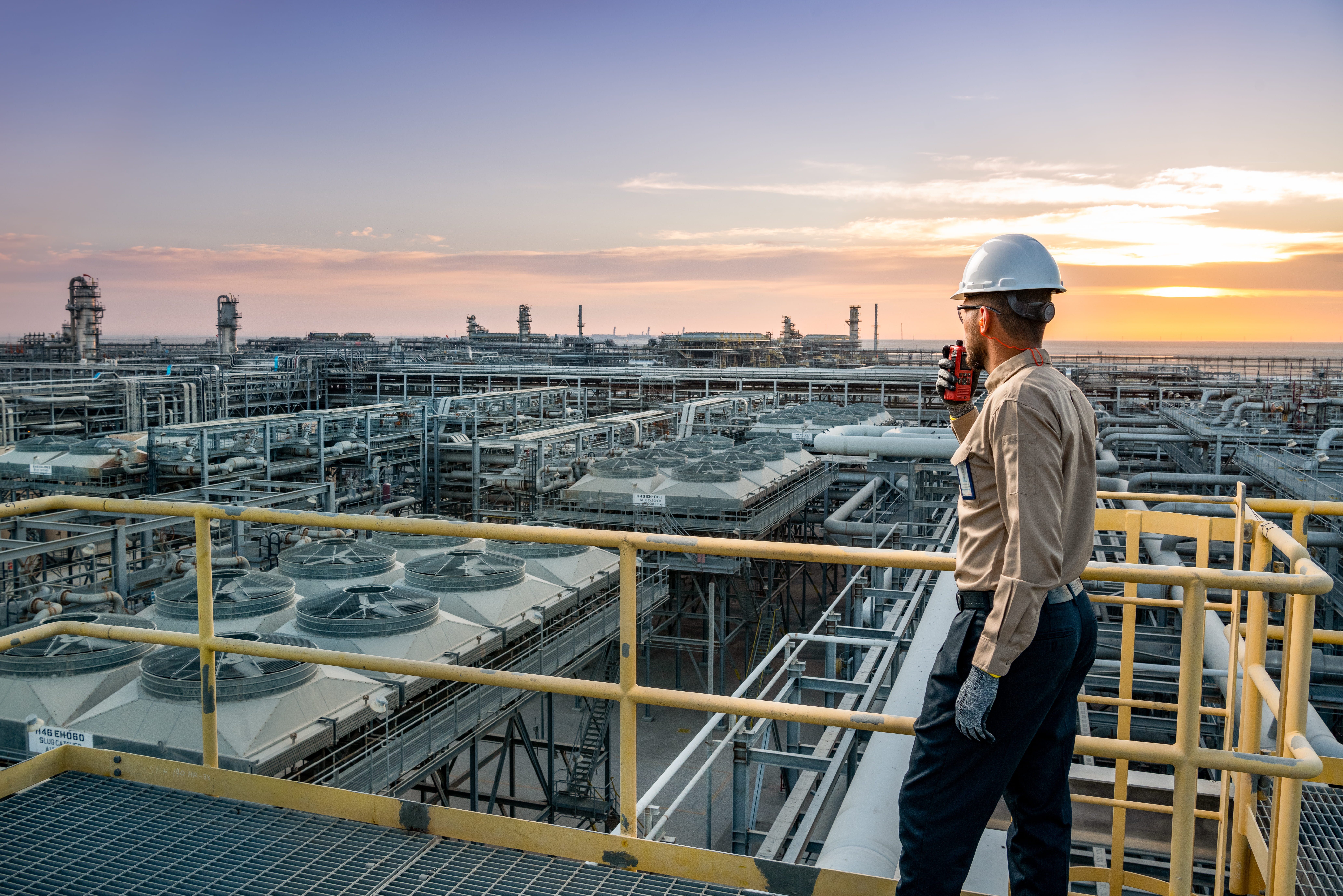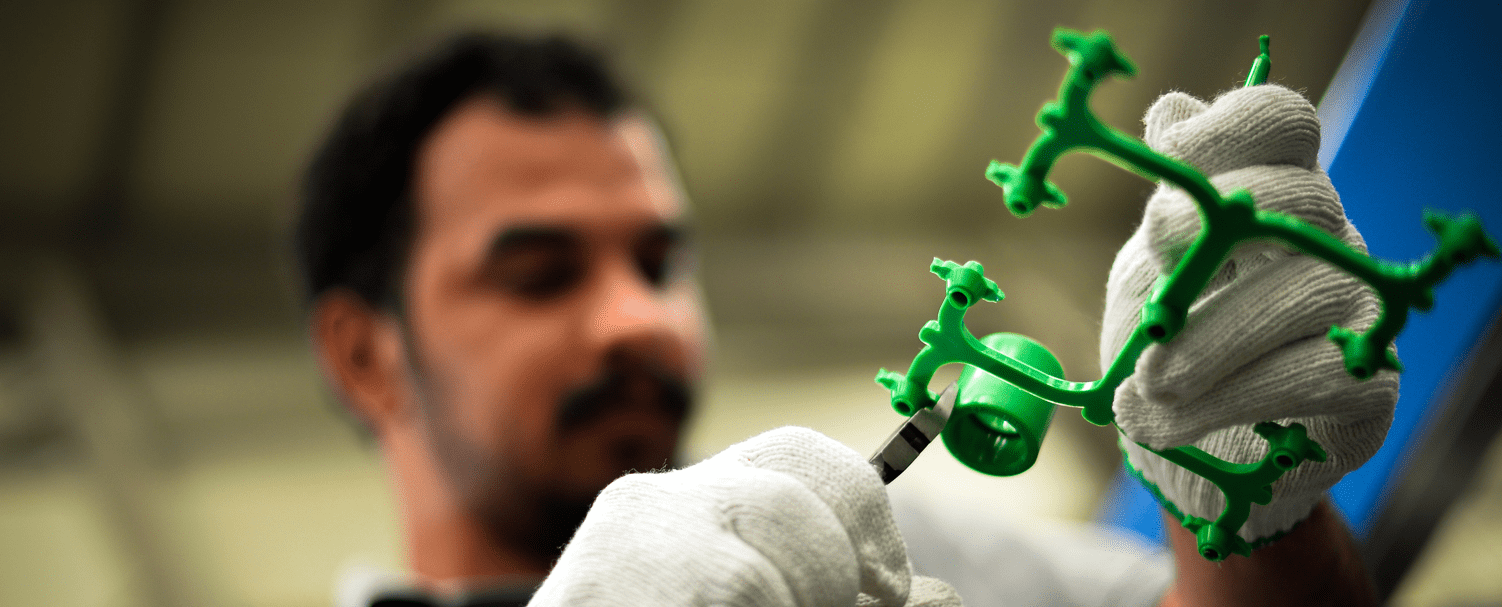Aramco Japan
We provide energy expertise, infrastructure and support to Japanese businesses — creating the right conditions for your vision to grow.
News from the world of Aramco
At a glance
92
Years of experience
75,000+
Total workforce
250.0
Total hydrocarbon reserves
(billion boe)

.jpg?cx=0.5&cy=0.5&mw=10)








